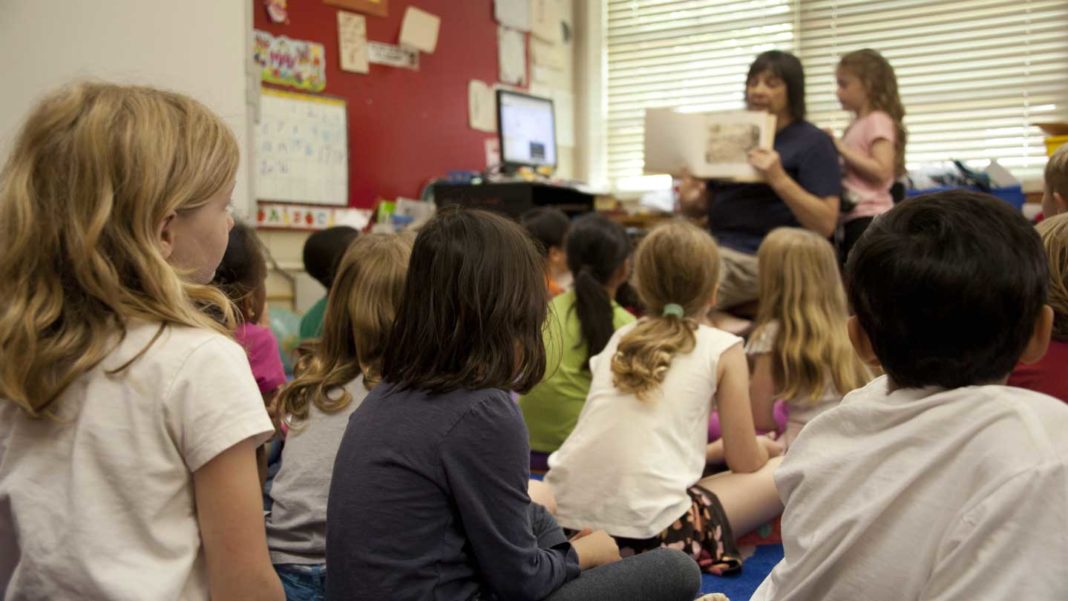Restorative practices are an important part of classroom management. In this post, I will share with you few ways to use teaching restorative practices with classroom circles.
Define What You Mean by Restorative Practices
Restorative Practices, or RP, is a term used to describe a range of approaches to managing and responding to conflict. At its core, Restorative Practices is about repairing harm done by addressing the underlying causes and restoring relationships. It emphasizes accountability, responsibility, and respect for all involved parties. Restorative Practices can be used in schools, workplaces, communities, and other settings to build bridges between people, foster collaboration and mutual understanding, and strengthen relationships. It also involves strategies for preventing harm from happening in the first place. The best teaching strategies include building circles of support, engaging in meaningful dialogue, and developing social-emotional skills. RP focuses on understanding the issue from all perspectives and finding solutions that are beneficial to everyone involved. Additionally, it promotes self-reflection and encourages thoughtful decision making. Restorative Practices ultimately strives to create a safe and nurturing environment where there is mutual respect and understanding.
Choose the Right Kind of Circles for Your Classroom
Creating a positive learning environment in your classroom is essential for student success. Choosing the right kind of circles can help you significantly in achieving this goal. Circles are an excellent way to build relationships between students and teachers, and they can also help build community within the classroom. When selecting the right kind of circles for your classroom, consider the purpose of the circle and the size of the group. For instance, small groups are great for problem-solving and having meaningful conversations, while larger groups are better for activities that involve less interpersonal interaction. You should also consider the age of your students when making your choice, as different activities may be more appropriate for different age groups. Lastly, think about how long you would like to use the circle, as that may have an effect on the type you choose. With these factors in mind, you can be sure to select the best kind of circles for your classroom.
Plan the Day Before You Start Using the Circles
Are you ready to jumpstart your day with Circles? Before you begin, it’s important to plan ahead and make sure you’re setting yourself up for success. With just a few simple steps, you can ensure that your day is filled with productivity and success. Firstly, set a goal for each day and break it down into smaller achievable tasks. This will help you stay focused and motivated throughout the day. Secondly, prioritize the tasks that need to be done first. This will help keep you on track and ensure you don’t get sidetracked by other tasks. Finally, get an early start to the day by getting up a few minutes early to get organized, plan out your tasks and make sure all of your materials are ready for the day. By following these simple steps, you’ll be able to make the most of every day with Circles.
By using classroom circles, you can improve your skills as a classroom manager and teacher. It’s also a fun way to get to know your students better and connect with them on a deeper level.

